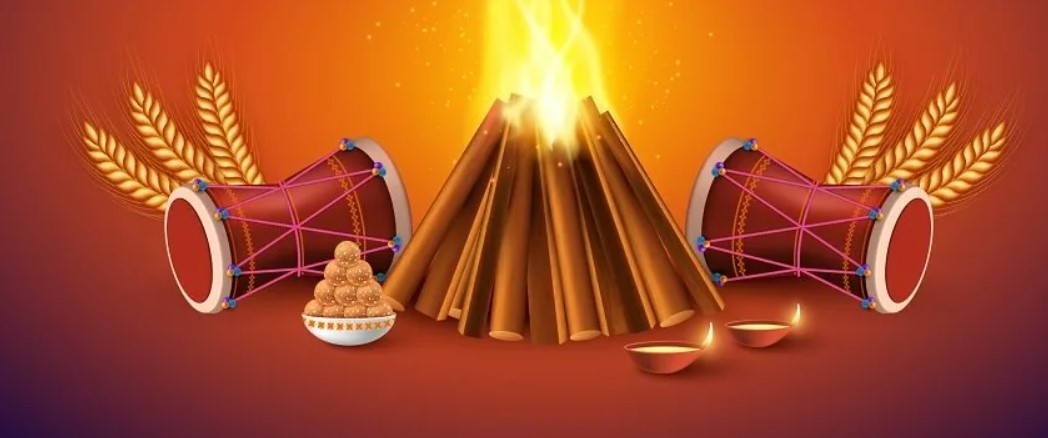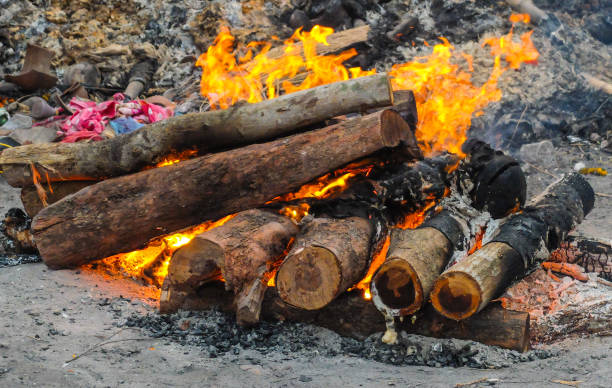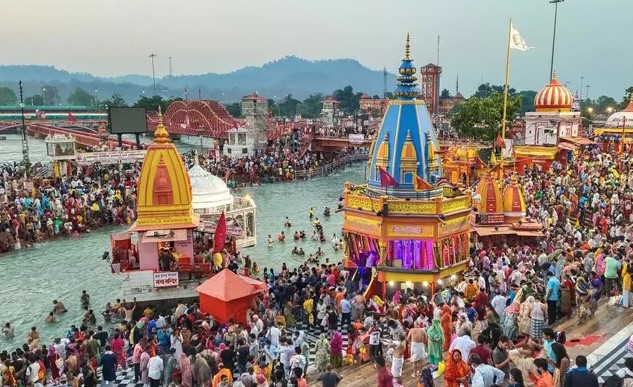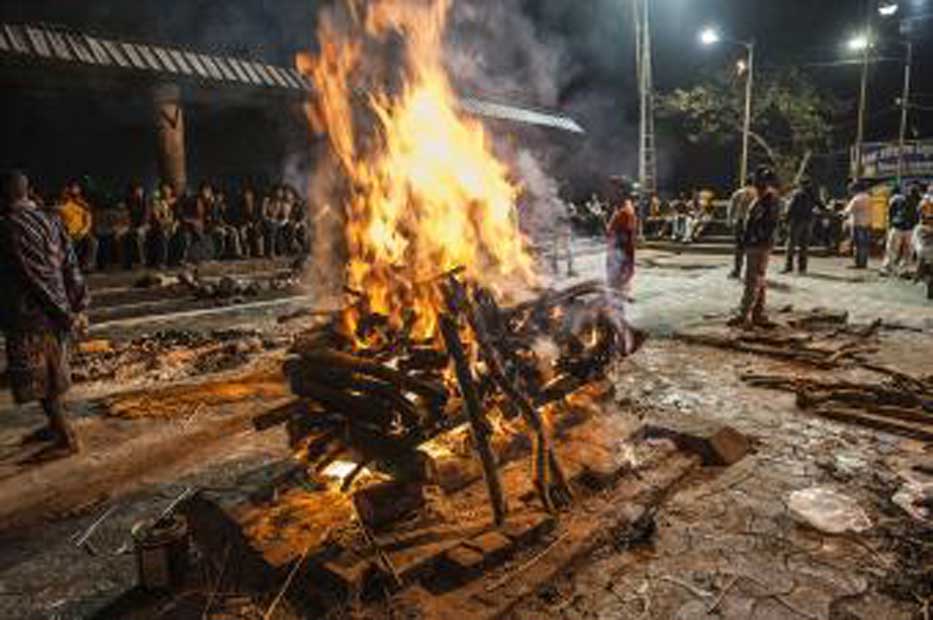Lohri is a popular Punjabi harvest festival celebrated primarily in northern India, particularly in Punjab, Haryana, Himachal Pradesh, and parts of Jammu and Delhi. The festival marks the end of the winter season and the harvesting of the rabi crops, especially sugarcane and wheat. Lohri usually falls on January 13th each year and coincides with the day before Makar Sankranti.
Significance of Lohri
- Agricultural Importance: Lohri is deeply rooted in agricultural traditions. It is a way for farmers to thank nature for a bountiful harvest.
- Cultural Significance: It symbolizes the end of long winter nights and the arrival of warmer days.
- Folklore and Traditions: The festival celebrates stories of Dulla Bhatti, a local Punjabi hero who rescued girls from exploitation.
Key Traditions and Celebrations
- Bonfire Rituals: The central event of Lohri is the lighting of a bonfire. Families and communities gather around it, offering items
like sesame seeds (til), jaggery (gur), puffed rice, and popcorn to the flames. - Singing and Dancing: People perform traditional Bhangra and Gidda dances around the fire while singing folk songs.
- Festive Foods: Special dishes like sarson ka saag and makki ki roti, rewri, gajak, and til ke laddoo are prepared and enjoyed.
- Gifts and Celebrations for Newborns and Newlyweds: Lohri is especially significant for families with new babies or newly married couples. They are often celebrated with special gatherings and gifts.
Lohri is not just a festival of harvest but also a time for joy, unity, and celebration of life with family and friends.
Would you like to know more about festivals and rituals. Click here.
लोहड़ी
लोहड़ी उत्तर भारत का एक प्रमुख त्यौहार है, जिसे मुख्य रूप से पंजाब, हरियाणा, हिमाचल प्रदेश और दिल्ली के कुछ हिस्सों में धूमधाम से मनाया जाता है।
यह त्योहार हर साल 13 जनवरी को मनाया जाता है और मुख्य रूप से फसल कटाई और सर्दियों के अंत का प्रतीक है। लोहड़ी का संबंध रबी की फसल
(विशेषकर गन्ना और गेहूं) की कटाई और सूर्य देवता को धन्यवाद देने से है।
महत्व
- कृषि का पर्व: यह किसानों के लिए प्रकृति और भगवान का धन्यवाद करने का अवसर है।
- सांस्कृतिक पहलू: लोहड़ी नई ऊर्जा, आशा और गर्मी के आगमन का प्रतीक है।
- दुल्ला भट्टी की कहानी: लोहड़ी को पंजाब के वीर नायक दुल्ला भट्टी से भी जोड़ा जाता है, जिन्होंने लड़कियों की सुरक्षा और सम्मान के लिए संघर्ष किया था।
उनकी वीरता के सम्मान में लोकगीत गाए जाते हैं।
लोहड़ी मनाने की परंपराएं
- अग्नि पूजन: लोग लकड़ी और उपलों से एक बड़ी आग जलाते हैं और उसमें तिल, गुड़, मूंगफली, और पॉपकॉर्न अर्पित करते हैं।
यह अग्नि भगवान और प्रकृति को धन्यवाद देने का प्रतीक है। - नृत्य और संगीत: लोग भांगड़ा और गिद्धा नृत्य करते हैं और पारंपरिक लोकगीत गाते हैं।
- पारंपरिक व्यंजन: इस दिन खासतौर पर सरसों का साग और मक्के की रोटी, गजक, रेवड़ी, और तिल के लड्डू का सेवन किया जाता है।
- नवजात और नवविवाहितों का सम्मान: जिन घरों में नया बच्चा हुआ हो या हाल ही में शादी हुई हो, उनके लिए लोहड़ी का खास महत्व होता है।
इन परिवारों को विशेष रूप से बधाई दी जाती है।
सांस्कृतिक महत्व
लोहड़ी केवल एक कृषि उत्सव नहीं है, बल्कि यह परंपरा, परिवार, और समाज के आपसी मेलजोल का भी प्रतीक है।
इस दिन लोग पुराने गिले-शिकवे भुलाकर एक साथ खुशियां मनाते हैं।
क्या आप लोहड़ी के किसी विशेष पहलू के बारे में और जानकारी चाहते हैं, जैसे लोकगीत, विशेष भोजन, या त्यौहार से जुड़ी कहानियां? 😊




